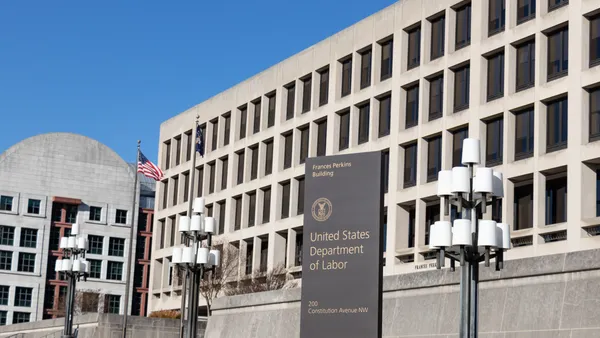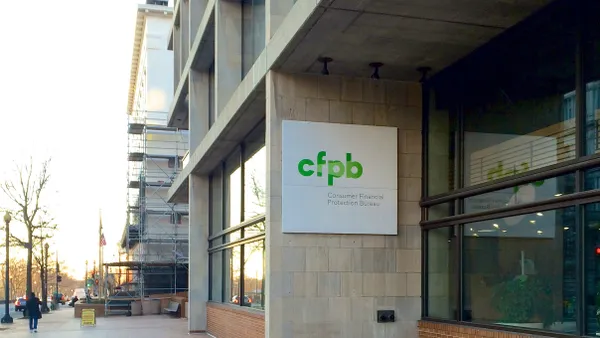Dive Brief:
- Forty-five percent of in-house legal leaders say it’s largely their decision to pursue litigation while only 13% of finance leaders say that’s how they view the decision process, a survey of 400 GCs and CFOs from litigation finance company Burford Capital finds.
- This gap, Burford says in its 2024 litigation economics report, “suggests an opportunity for more collaboration” between the two sides.
- One way to bridge the gap is for companies to stop deciding on a case-by-case basis whether to pursue claims – like IP infractions, contract and warranty breaches and insurance recoveries – and instead pursue them systematically using an affirmative recovery program.
Dive Insight:
Litigation costs are hurting P&L statements regardless of company size, the survey shows. Going to court costs more than $5 million a year for more than half of the companies in the survey and more than $15 million for a quarter of them. In another five years, those costs will be up by 25%, executives say.
Lowering what they spend on outside counsel by paying less per billable hour or using an alternative fee arrangement is an obvious way to reduce those costs, but finance leaders in particular don’t see this as realistic.
More than two-thirds of finance leaders expect to pay more, not less, in billable hours over the next 15 years and only 42% think they can get outside counsel to agree to discounted rates. Legal chiefs are more optimistic and anticipate more legal work getting done under an alternative fee arrangement.
Litigation as value creator
The use of affirmative recovery programs is one way to change this dynamic by using litigation as a value creator.
Money that the company is owed but never pursued because of high and unpredictable outside counsel costs and uncertain legal outcomes can get treated more like predictable income in a recovery program because it enables legal teams to go after those claims systematically. Low-margin or harder-to-win claims that teams might not have pursued in the past can be pursued because the marginal cost for each case is lower. And claims that are likely wins but for which getting defendants to pay the judgments is its own costly battle also can become cost-effective to pursue.
In the Burford survey, 55% of companies either have a recovery program or are putting one in place. Of the remaining companies, about half pursue claims on a case-by-case basis and the other half pursue no claims at all, only funding litigation in which they’re a defendant.
In its report, Burford, which helps companies pay for affirmative recovery programs in exchange for a share in the awards won, suggests companies risk leaving money behind if they don’t go after claims systematically.
“Companies have significant value hidden in their legal departments,” the company says. “Reframing the legal department from overhead to capital source is exemplary of how business leaders can [find] new sources of value generation across the business.”
Legal and finance chiefs are generally evenly split on the use of litigation funding to help them extract value out of litigation and arbitration. Some 54% of legal chiefs and 57% of finance chiefs expect to tap litigation finance in the years ahead, and 70% of both legal and finance chiefs point to value generation through recoveries as a shared goal.
“In-house lawyers and their finance counterparts agree that more legal department innovation will lead to more value to the business,” the report says.











